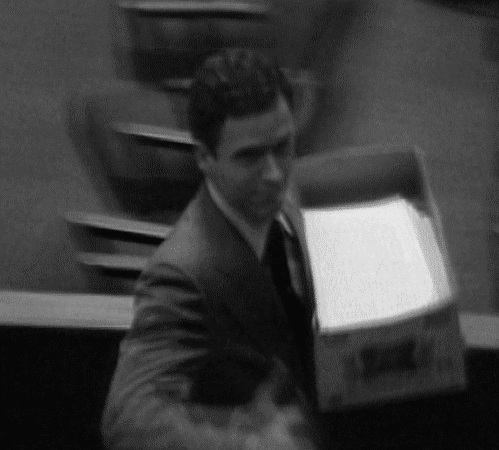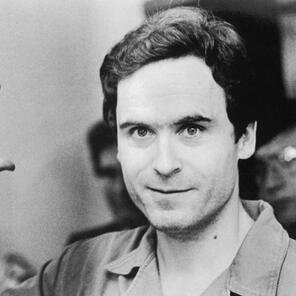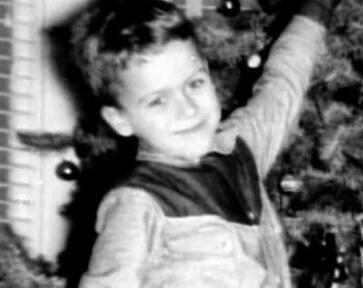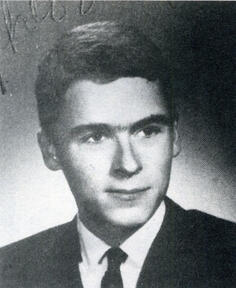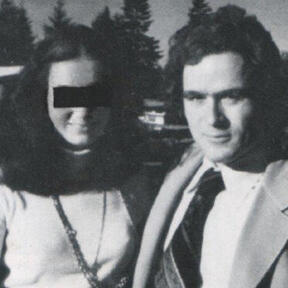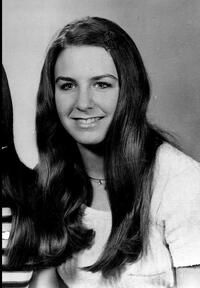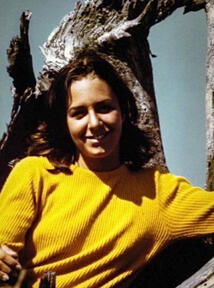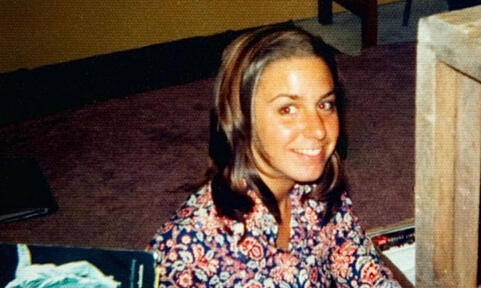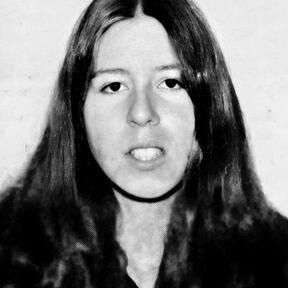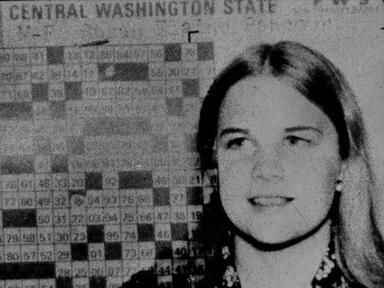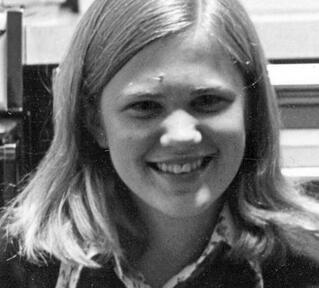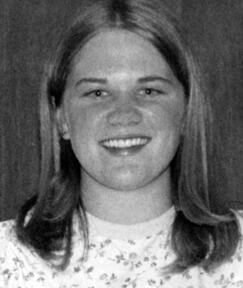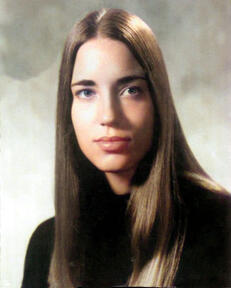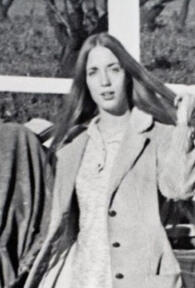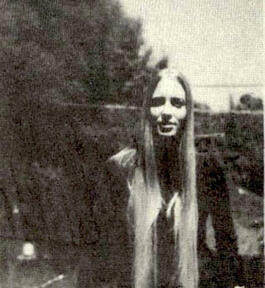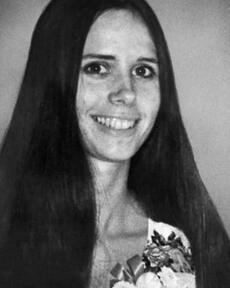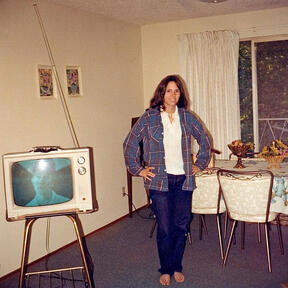HOMICIDE
documenting true crime cases



ABOUT

Hello! Welcome to my site. I've spent a while working on this,
and I continue to update it most days. I hope
that you will enjoy your stay here!
Homicide is a collection of true crime cases that
I have decided to randomly compile. This includes the
tales of serial killers and mass murderers alike.
Once again, have fun searching and hopefully
learning!

UPDATES

Site remodel done on 1/10/20

SERIAL KILLERS

'A person who commits a series of murders, often with no apparent motive and typically following a characteristic, predictable behaviour pattern.'

MASS SHOOTERS

'A mass shooting is an incident involving multiple victims of gun violence.'

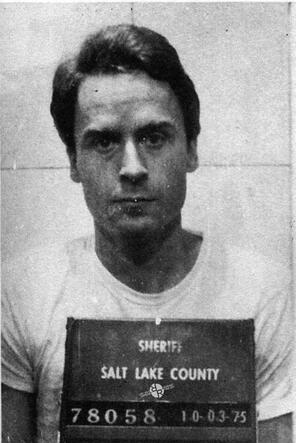
'Theodore Robert Bundy was an American serial killer who kidnapped, raped, and murdered numerous young women and girls during the 1970s and possibly earlier. After more than a decade of denials, before his execution in 1989 he confessed to 30 homicides that he committed in seven states between 1974 and 1978.'
TED BUNDY
"I'm the most cold-hearted son of a bitch you'll ever meet."
UNDERSTANDING TED BUNDY

THE LIFE OF TED BUNDY
Theodore Robert Cowell was born on November 24, 1946, to Louise Cowell. She was an unwed mother, who was impregnated by an Air Force veteran who later left her. Ted never knew the identity of his father.
Ted would often refer to himself as a "bastard child," for the sole reason he was illegitimate.
Shortly after birth, Ted and Louise moved back to Philadelphia to the home of his grandparents. It was here that a lie was birthed: Ted was made to believe that his grandparents were his parents, and that his mother was his sister.
As a toddler, Ted's Aunt awoke to Ted placing knives around her sleeping form. She later told a news outlet, "I remember thinking at the time that I was the only one who thought it was strange. Nobody did anything."
At four years old, Louise moved Ted down to Washington and only a year after the move did Louise fall in love with a military cook. The couple were soon married in 1951 and Ted forever kept the last name 'Bundy.'
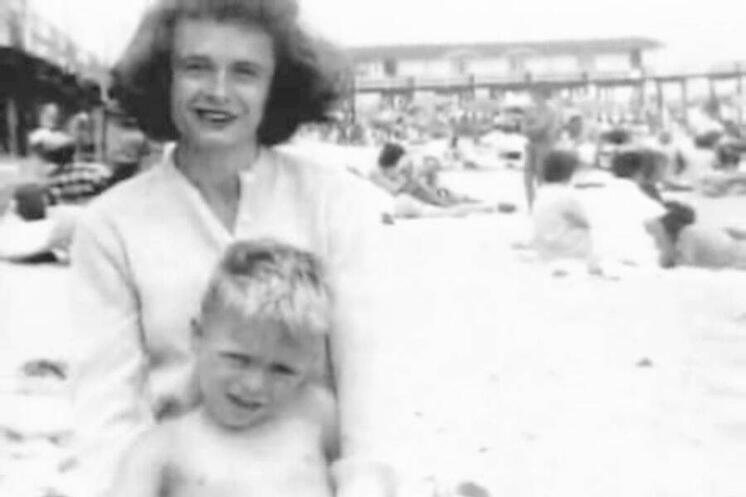
Ted was never a fan of his new step-father, Johnnie. While the elder tried to bond with little Ted, Ted preferred to be alone and was 'uncomfortable' by him.
As a youngster, Ted was shy and self-doubting. He was often bullied in Junior high school. Despite the regular humiliation, Ted maintained high grades that would continue through high school and college.
Transforming from an adolescent into a young adult, Ted gained popularity in high school as he was well-dressed and well mannered. Not much of a dating person during this popularity period, Ted focused more of his interests on politics.
During college, he attended the University of Puget Sound and the University of Washington. He worked low-level jobs, however rarely stayed as his employers deemed him "unreliable."
In the spring of 1967, a relationship formed that would later change Ted forever.

He met Diane Edwards in Junior year. She came from a good family, and represented exactly what Ted wanted in a girl. "A beautiful dresser, beautiful girl. Very personable. Nice car, great parents." Ted later admitted that he felt out of her league.
The two did begin dating, however when going back home to California, Diane started to think that Ted didn't have what she wanted for a long-term relationship. She also had a feeling that he 'used people, and took advantage of them.'
She broke off the relationship, and Ted became dumb-founded and depressed, even dropping out of college. He did keep in contact with Diane, but she seemed distant and uninterested.
In a way to become the man Diane wanted, Ted reformed: he enrolled back into college, graduated with a psychology degree in 1972, and then applied for law school. He surrounded himself with influential Republicans and made friends with powerful political people.
At the same time he got back into contact with Diane, Ted had begun a relationship with a new woman, single mother Elizabeth Kloepfer.
Ted and Diane did meet up again, and even discussed getting married. However, so suddenly, Ted disappeared from Diane's life just as quickly as he had come back into it.
After a month of silence, Diane called Ted and asked him why he had broken off their relationship. Ted simply replied, "I have no ideas what you mean." And never spoke to her again.
Diane might have dodged a bullet. That same year, Ted begun to murder young women, all that strikingly resemble her: Young, pretty, with long straight hair parted in the middle.
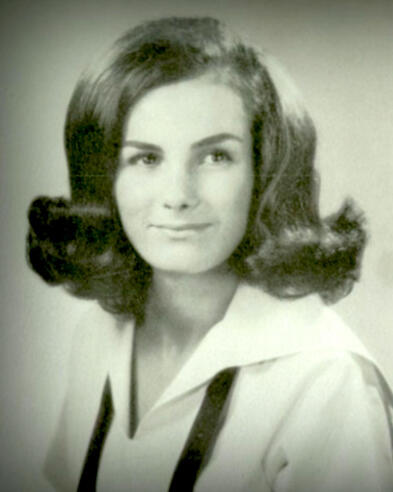
In 1969, Ted learnt of his actual parentage. His "sister" was, in reality, his mother, and his "parents" were just his grandparents. Ted resented his mother furthermore, as he felt humiliated. He also became more surly to his step-father.
Ted's life had actually changed for the better from 1969-1972. He became a more confident and dominant character, looking forward to his future. He met Elizabeth Kloepfer, and became a father figure to her young daughter.
Ironically, he also begun work at a suicide hotline, and had once saved a three-year-old baby from drowning around the same period.
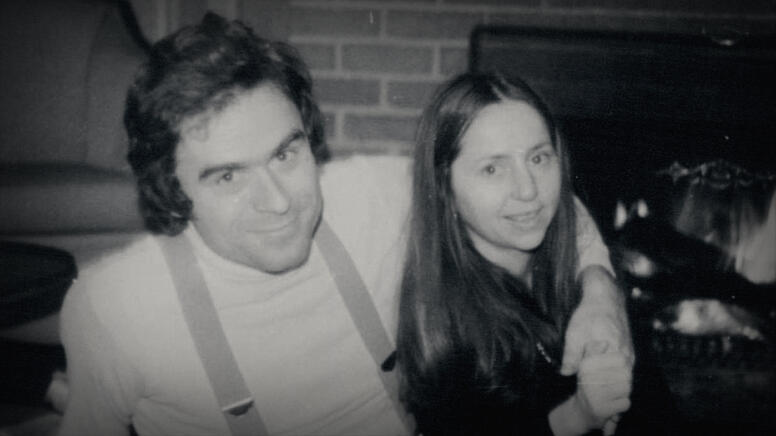
Now, writing this, and looking back on Ted's life, there never seems to be any flashing red lights that would indicate he would become one of America's most notorious serial killers. And not even those closest to Ted could believe what he had done (some never fully believed it until after his execution.)
However, Ted looked up to his grandfather. And while his accounts of their relationship are positive, it's very possible he could have been physically or psychologically abused by him.
As it was later revealed, Ted's grandfather had a raging temper that was felt by everyone around him. He was also racist, misogynistic, and had an obsession with pornography. Ted was further exposed to pornography by his grandfather, as he would sneak into the greenhouse where it was kept and read the magazines.
However, we will probably never figure out the question as to why Ted turned out the way he did.

THE MURDERS
LYNDA ANN HEALY, 21, was known for her brains and her beauty. She left for college in 1970, and took psychology as a major. In her spare time, she worked with youngsters with mental disabilities and disorders.
On the evening before her disappearance, Lynda went out to a tavern to enjoy a few beers with friends. However, she returned early to give her boyfriend a call at home. Popping into her suitemates room, the two chatted for a while, and Lynda was regraded as "happy and undisturbed."
Around midnight, Lynda went downstairs to her room, and that was the last anyone saw of her. The next morning, as routine, her alarm went off at 5:30am for her radio station job. Her next-door suitemate, Barbara Little, was woken up by the beeping. Usually Lynda turned it off, but it continued to ring.
Barbra peeked into Lynda's room, but couldn't find her. She just assumed she had already went off to work. Later that afternoon, the girls in the house grew worried as Lynda's boss called and asked why she hadn't shown up to work that morning. She had also missed a family dinner, prompting her parents to also call, worried.
Her suitemates decided to investigate. They travelled into Lynda's room, finding blood on the sheets, the head of her pillow, and her nightgown. It took five years to find remains: police found Lynda's skull on Taylor Mountain in 1975.
Donna Gail Manson, 19, was the next to go suddenly missing. She was on her way to a campus concert. Her body was never actually found, but Ted admitted that he burned her skull in the fireplace of his girlfriends home.
Donna was apparently depressed at the time of her disappearance, and was not reported as missing until seven days had passed. This was reasoned by Donna's out of the blue hitch-hiking, where sometimes she would not return home for days.
Searchers had found bones, hair and clothing near Highway 7. They say one of the shirts had matched what Donna was wearing the day she went missing.
Before the abduction of Susan Rancourt, 18, Ted had already attempted to take two girls, but failed. On that day, Susan had taken her clothes to the campus laundry room and then went on her way to an advisory meeting. She had also mentioned to friends that she wanted to see a German film.
Susan was last seen leaving the advisor's meeting. Her skull was later found on Taylor Mountain, and Ted confessed to her murder before his execution.
Roberta Kathleen Parks, 20, was abducted from the Oregon State University during May of 1974. Like Donna, Roberta may have been depressed during this period of her life: she was drinking alcohol frequently and falling behind in classes.
Ted approached her at one point, offering to lend an ear and give advice to her problems. He suggested they go somewhere to get a bite to eat or drink. From the words of Ted, "Of course, once she got in the car, then he had her in a position where he wanted her—and could then assume control over her."
Roberta's skull was found on Taylor Mountain. Ted confessed to her murder.
Brenda Ball, 22, was last seen outside the Flame Tavern south of Seattle, talking to a man in a sling. This became a common thing for Ted: pretending to be injured so he could lure girls into his car, unsuspecting.
Brenda had asked a musician for a ride home at first, but he was heading another way. It's most likely that she met Ted later and got into his vehicle. Friends weren't that concerned when she first disappeared, as Brenda was such a free spirit. But after nineteen days of absence, they grew scared.
Her skull was found on Taylor Mountain.
